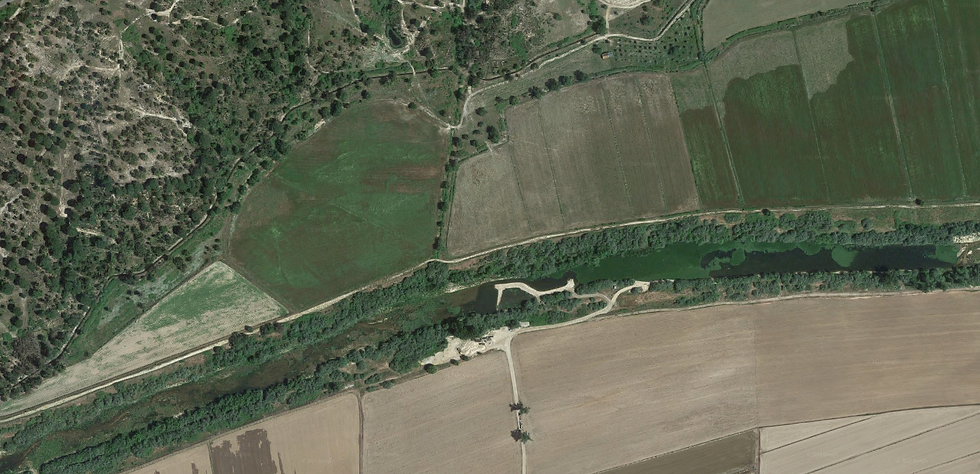Maintain and restore the quality of riparian ecological infrastructures to safeguard biodiversity
- CERES
- 2 nov. 2021
- 2 min de lecture

A study developed by the ISA partner, under the framework of CERES project, evaluated the habitat quality of Riparian Ecological Infrastructures (REIs) and their potential for the provision of Ecosystem Services (ES) in human-dominated landscapes. The study was developed in the Mediterranean pilot areas of the CERES project, in the margins of the rivers Tagus and Sorraia, in central Portugal, and covered three types of landscapes matrices: Intensive agriculture, Extensive agriculture and Forest production. A new multimetric index, termed Habitat Ecological Infrastructure’s Diversity Index (HEIDI), based on the characteristics of the riparian vegetation and associated habitats, was developed to evaluate the potential of REIs in supporting three faunistic groups: short-range dispersers (represented by ants), medium-range dispersers (represented by pollinators), and long-range dispersers (represented by birds, bats and non-flying small mammals).

Installation of worm replicas to measure the intensity of animal predation on a pilot site and thus evaluate one of the many services linked to natural habitats
The results showed that REIs located in the Forest production system exhibited the highest potential to promote biodiversity and the ES provided by short- and medium-range dispersers, given the higher suitability of floristic resources and the larger area. REIs located in the Extensive agriculture landscape showed to be particularly relevant in supporting long-range dispersers, even though providing less available habitat for the considered biological communities.
The results of this work reveal the importance of keeping and restoring the structural and compositional quality of the Riparian Ecological Infrastructures located in production systems dominated by human intervention, in the hopes of safeguarding and enhancing general biodiversity and the provision of goods and services to society.
More information at:
- Article: https://doi.org/10.3390/su131910508
- Layers: https://doi.org/10.17605/OSF.IO/N94DQ
- Explanatory variables: https://doi.org/10.17605/OSF.IO/NFTS5




Commentaires